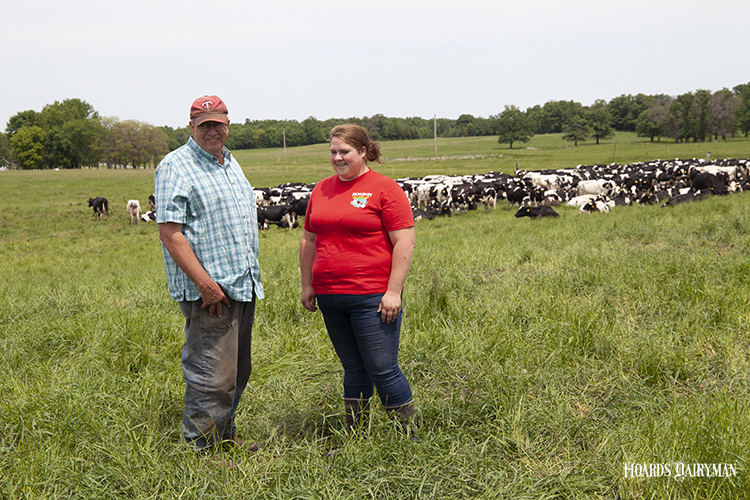
Leading a business into the next generation or owner is a complex process that encompasses even more time and effort than the already complicated succession plans that help a transition happen smoothly. A leader must know who they’re working with and where the business is headed in addition to being able to talk about the future, explained Josh Keefer during the Pennsylvania Dairy Summit.
A consultant who has worked with many farms and other types of businesses, Keefer encouraged farm owners to really know the people working in their operation to be able to best serve their wants and needs. This means more than just asking about their weekend and their family, he said. Members of different generations (baby boomers, Gen X, Gen Y, and millennials) have different expectations of work/life balance, independence, and communication. There are no right or wrong answers to their perspectives, but it’s useful to acknowledge the ideas when you’re working with these people, Keefer shared.
Knowing what motivates each person in your business and how they perform at their best is another piece of building trusting relationships with the people you work with. Keefer pointed out that this can be difficult when working with family because we might think we know them at one point in their life — for example, as a teenager — and not recognize the growth that occurs over time. “We will relate with them in a box that never allows them to get out of the box,” he said. Instead, he encouraged taking a “learner’s posture” with family to get to know them as an employee, too.
On the other hand, hiring outside help can create issues if we evaluate solely on experience without considering a person’s character or skills. Starting with character, then moving to skill, and then to experience, can help a business be able to thrive, he said. “If they have the character and the skill, you can give them experience,” the consultant noted, reminding that when employees are performing at their best, so does the business.
Setting and communicating goals
The second piece of what Keefer described as “generational leadership” is knowing where the business is headed. Future employees and owners are going to want clarity on what the core purpose is of the business and why it exists.
Lay out what your goals and aspirations are for the business so that others can share in the vision of where you hope to go and help you get there. Just because you’ve never named them specifically doesn’t mean you don’t have them, Keefer said. This will also help you define what success looks like for employees. “Without clear definition from you, you’re asking them to define it for themselves,” he explained.
Open, honest conversation is the greatest desire of employees, Keefer added. Both family and nonfamily members who work for you want to know your thoughts on the future, and even if you don’t have all the answers, it’s helpful for them to know how you hope things will turn out. Honoring the relationships you have developed means opening your thoughts to them and being open to theirs, Keefer said. Everyone has expectations; being willing to talk about them is often what’s best for the relationship and the business.








